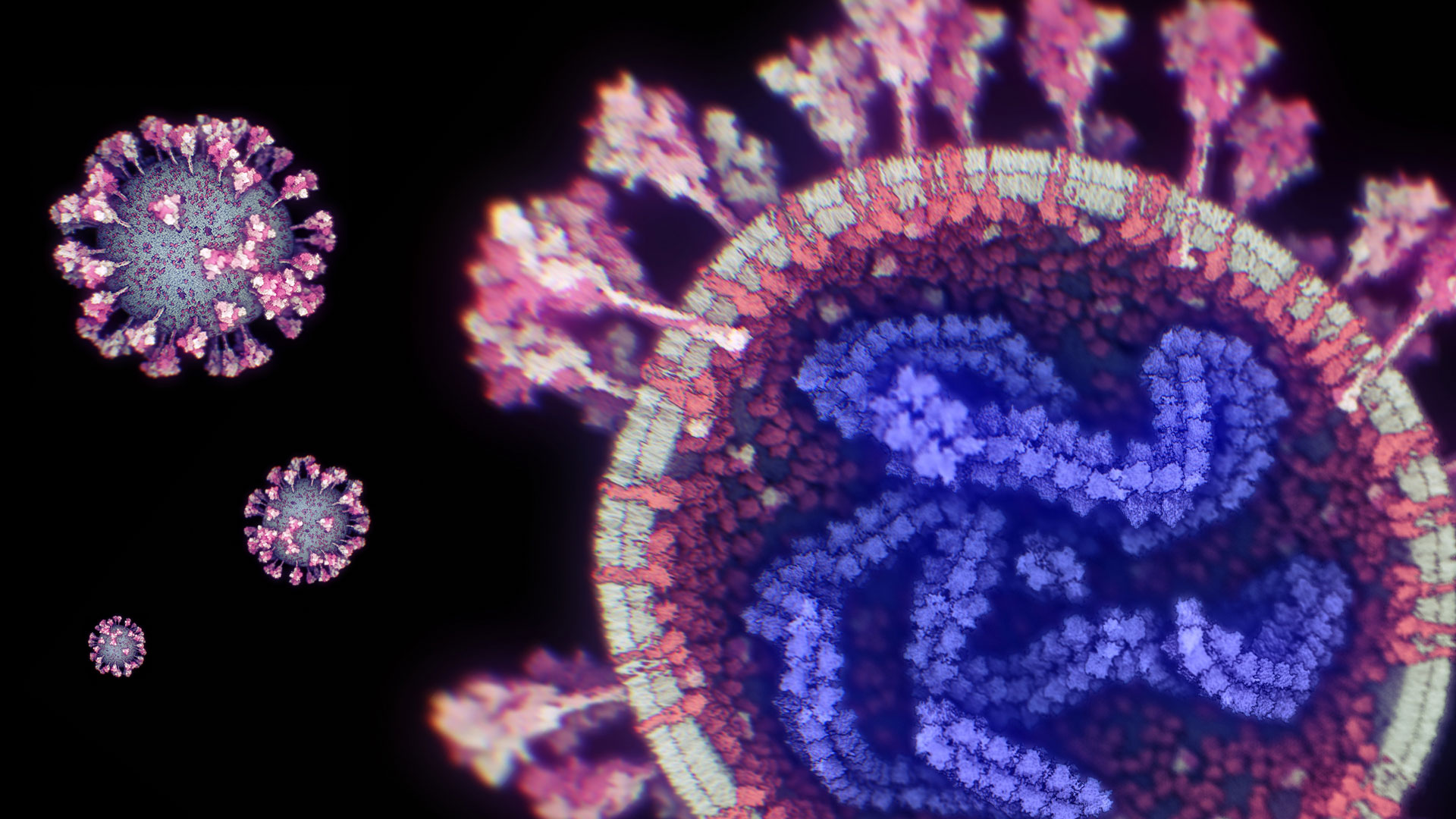KAUST scientists develop virus mutation tracker

A model of the SARS-COV-2 virus created in collaboration between KAUST, Scripps Research, and TU Wien. The cross-disciplinary team of researchers created the images to help better understand and find ways to fight the virus.
KAUST scientists have developed a user-friendly COVID-19 mutation tracking system, useful for authorities and scientists to quickly detect variants in their region, allowing them to make speedy policy and public health decisions.
CovMT was developed by Computational Scientist Dr. Intikhab Alam and his three colleagues, who are part of Professor Takashi Gojobori's research team at the Computational Bioscience Research Center at KAUST. Their local efforts have been in collaboration with Assistant Professor Esam I Azhar from the Special Infectious Agent Unit at King Fahd Medical Research Center.
CovMT is focused on tracking mutation fingerprints, which refers to groups of genomes showing the same set of mutations. The tracker obtains daily data from the German database GISAID, which is a repository for the viral genomes of the COVID-19 virus. So far, global teams of researchers have sequenced more than 1.5 million genomes of the COVID-19 virus.
"It can be used to stop the spread of the virus by looking at hot spot regions where public authorities can take some action," said Alam.
CovMT gathers data on the newly sequenced genomes, identifying the mutation fingerprints in particular. Public health authorities can stay ahead of new variants by delving into their country-specific data and identifying the mutation hot spots.

